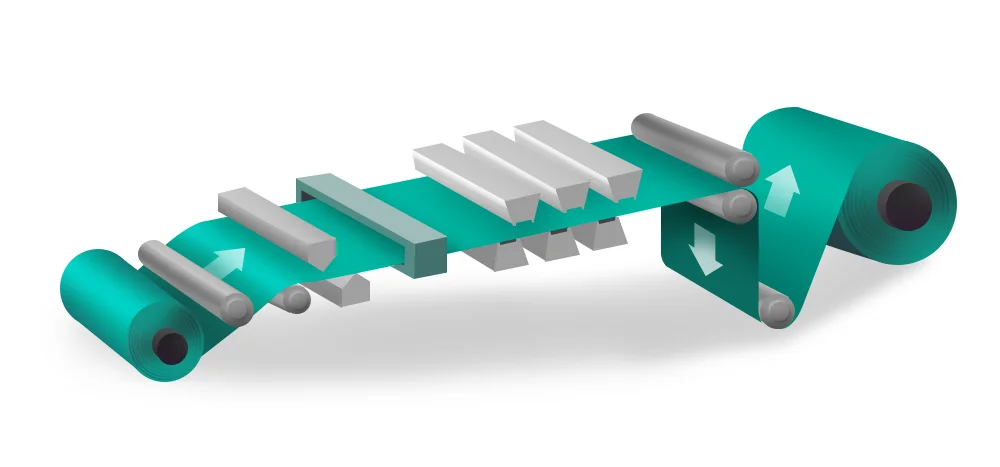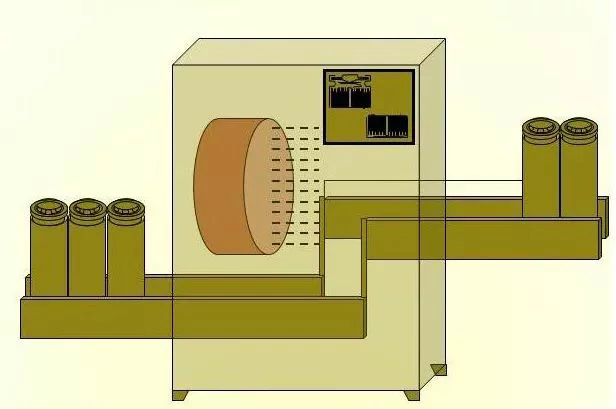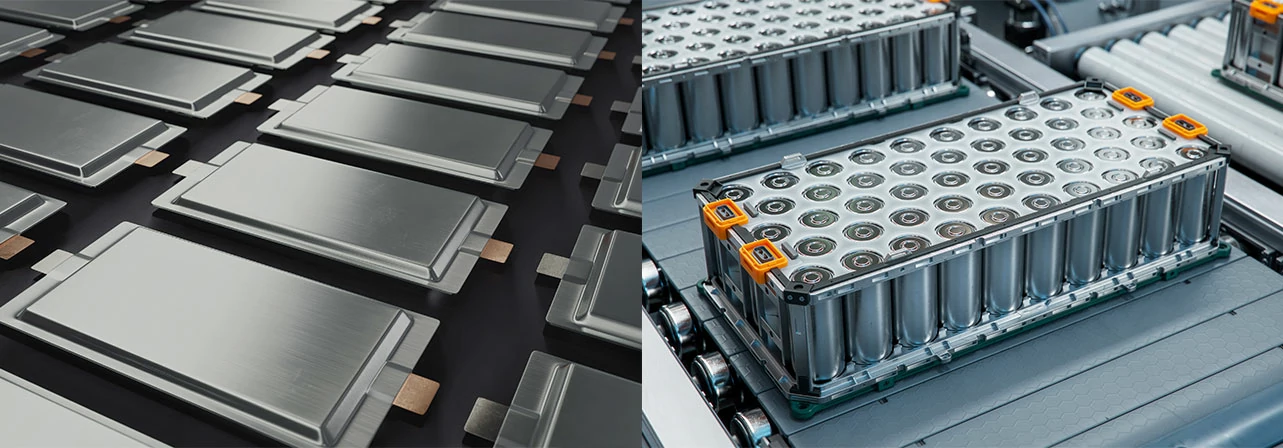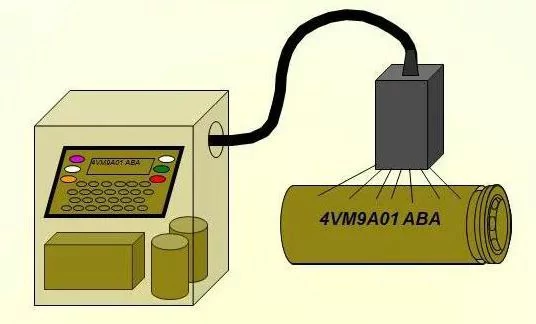Lithium-ion battery liquid injection process
main content
Liquid injection is one of the core processes in the manufacturing of lithium-ion batteries. By precisely injecting the electrolyte into the interior of the battery cell, an ion transport channel between the positive and negative electrodes is constructed. For lithium-ion start-stop batteries on motorcycles, the optimization of the liquid injection process is directly related to the battery's low-temperature starting ability, cycle life and shock resistance. This article conducts an analysis from the aspects of liquid injection mechanism, technological innovation, material compatibility and the particularity of motorcycle applications.
1. Function and Composition of electrolyte
The electrolyte is composed of solvents (such as ethylene carbonate EC, dimethyl carbonate DMC), lithium salts (such as LiPF6), and additives (such as fluorinated ethylene carbonate FEC), and its core function is to provide a medium for the migration of lithium ions between the positive and negative electrodes. In the start-stop batteries of motorcycles, the lithium iron phosphate system (LiFePO4) often adopts an electrolyte formula containing highly conductive lithium salts (1.0-1.2 mol/L LiPF6) due to its thermal stability advantage, which takes into account both low-temperature performance and safety.
2. Infiltration kinetics and pore structure
The electrolyte penetrates into the electrode pores through capillary forces. Its wetting efficiency is affected by the pore radius (r), liquid viscosity (η), and surface tension (γ), following the Washburn equation: \(h = \sqrt{(r \gamma \cos\theta t)/(2\eta)} \). Motorcycle batteries need to withstand vibration, so the electrode design should optimize the porosity (50-60% for graphite anode and 30-40% for lithium iron phosphate cathode), and shorten the wetting time to 1236 hours.
1. Optimization of low-temperature performance
Solvent system innovation: By using a mixed solvent of ethyl butyrate (EA) and propylene carbonate (PC) (EC/EMC/EA=1:1:1), the freezing point of the electrolyte can be reduced to below 40℃, and the retention rate of discharge capacity at 20℃ can be increased to 85%.
Additive synergistic effect: FEC additive (accounting for 35 wt-%) can form a dense SEI film on the anode, reduce the interinterface impedance, and lower the 30 ° C cycle capacity attenuation rate from 40% of the conventional formula to 15%.
2. Anti-vibration and fast charging and discharging compatibility
Gradient liquid injection control: The vacuum and pressure alternating process (vacuum degree ≤90 kPa, pressure 0.20.5 MPa) is adopted to ensure the uniform distribution of the electrolyte within the wound cells and reduce the risk of electrolyte stratification under vibration conditions.
Dynamic infiltration monitoring: Integrated with a machine vision system (accuracy ± 0.05mm), real-time positioning of the liquid injection holes is achieved. Combined with X-ray detection of the porosity of the molten core (≤2%), the liquid injection volume error is ≤±1%.
1. Precise control of liquid injection volume
The liquid injection volume for a single cell of a motorcycle battery is usually 2.5 to 3.5 mL/Ah. Excessive liquid injection can easily lead to thermal runaway (the risk surges when the expansion rate is ≥15%), while too little will reduce the capacity (for every 0.1 mL/Ah reduction, the capacity will decline by 35%). Tianjin Lishen's patented technology dynamically adjusts the liquid injection volume through the proportional coefficient method, achieving a 20% increase in the utilization rate of the electrolyte.
2. Intelligent upgrade of equipment
Visual mechanical interlocking system: It adopts a 5μm linear array CCD and a six-axis mechanical arm for interlocking, achieving a 0.1mm-level alignment accuracy between the liquid injection needle and the battery cell, with a production efficiency of 4000 PCS/h.
Closed-loop pressure feedback: The injection pressure is adjusted in real time through a piezoelectric sensor (±3% accuracy) to prevent deformation of the electrode sheet (wavy edge ≤0.5mm).
1. Online detection technology
Helium mass spectrometry leak detection: With a sensitivity of 1×10⁻⁷ Pa·m³/s, the accuracy is improved by three orders of magnitude compared to the traditional water detection method, and it can identify micrometer-level shell cracks.
Cycle expansion analysis: After full charging, disassemble and measure the displacement of the electrode plates. For motorcycle batteries, the expansion rate after 1000 cycles should be ≤0.8mm.
2. Environmental adaptability test
Low-temperature charging and discharging: According to the SAE J2380 standard, discharge at a rate of 5C at 30℃, with the voltage maintained at ≥2.8V. Vibration simulation: Perform random vibration at 10200 Hz (acceleration 1020g) for 21 hours, with electrolyte leakage ≤0.1g.
V. Technical Challenges and Future Trends
1. Innovation in solid-state battery technology
The semi-solid battery adopts in-situ curing technology (such as the BAK battery solution), reducing the electrolyte content to 515% and increasing the capacity retention rate at 40℃ to 75%, which is suitable for the extreme working conditions of motorcycles. A breakthrough in the research and development of all-solid sulfide electrolytes (such as Na3SbS4) has been made, with an ionic conductivity of 10⁻³ S/cm, which is expected to achieve zero leakage risk.
2. Environmental protection and energy efficiency optimization
Bio-based solvent: The degradation rate of the modified polyurethane electrolyte with soybean oil is ≥85%, which complies with the RoHS 2.0 standard.
Fluorinated electrolyte: Boliwei's patented perfluorinated system (without carbonate solvent), with a pressure resistance of ≥4.15V and a 50% reduction in high-temperature storage capacity attenuation rate.
Conclusion
The precision and intelligence of the liquid injection process are driving the iteration of lithium-ion start-stop batteries for motorcycles towards high reliability and a wide temperature range. Through the optimization of low-temperature electrolyte formula, dynamic immersion control and the integration of solid-state technology, the liquid injection process has shifted from the traditional experience-driven to the data model-driven. In the future, with the in-depth application of digital twins and AI algorithms, the liquid injection process will achieve new breakthroughs in nanoscale pore infiltration and interface stability regulation, providing more efficient "energy blood" for new energy motorcycles.

START-STOP LITHIUM battery
Enov start-stop battery is designed to provide excellent performance for high-demand start-stop vaehicles. It adopts the third-generation intelligent lithium platform architecture to achieve technological breakthroughs in core indicators such as cycle life, environmental adaptability and energy density. Compared with the traditional lead-acid battery system, the energy efficiency is increased by 210%, the cycle life is extended by 8-10 times, and the monthly self-discharge rate is controlled within 3%. Enov's unique low-temperature battery technology makes a breakthrough in achieving stable output in the whole climate domain from -30℃ to 65℃, maintaining more than 90% of the effective capacity release under extremely cold conditions (-30℃), and maintaining 90% of the capacity in high temperature environments (65℃).
The start-stop battery series products cover the mainstream voltage platform of 12V/24V/48V, and support flexible configuration of LFP (lithium iron phosphate) and NCM (lithium nickel cobalt manganese oxide) dual-material system. All models adopt modular design to support customization of different model specifications. Enuo engineering and technical team to provide full cycle technical service support, if you need, please contact us.
Other products
UAV BATTERY
LITHIUM ENERGY STORAGE BATTERY
QUICK INQUIRY
FAQ
Access to high frequency technical questions with one click, get accurate answers on product application, after-sales policy and customization process.
Service and Support
Get the latest product specifications, explore professional OEM/ODM customization services, click to open exclusive technical support and production solutions.
Become a Partner
We sincerely invite resources to interconnect, work together for win-win development, and immediately open a new chapter of strategic cooperation!





